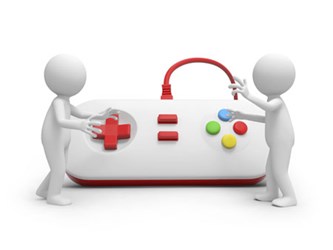Gaming Helps Hospital Staff Work Together

By Katie Wike, contributing writer

A video game simulation could be the solution to tense workplace relationships; increasing communication between employees and reducing medical errors
University of Texas at Arlington College of Nursing, Baylor Scott & White Health, and UT Dallas have developed a gaming solution they claim will help workplace relations and improve patient care. According to Fierce Health IT, the game “aims to teach doctors and nurses how to work more collaboratively and avoid conflicts in order to prevent dangerous or sometimes fatal miscommunications.”
The game uses simulations to teach its users how to avert tense situations in the real world. This increases positive interactions between co-workers and improves communication that could be critical when treating a patient.
“Our hope is that this project will enhance patient safety and, ultimately, improve patient outcomes,” said Beth Mancini, a UT Arlington nursing professor and Associate Dean of the College of Nursing. “Being honored by the judges at this year’s International Meeting on Simulation in Healthcare tells us that the virtual learning environment we’ve built is among the very best in terms of content and design.”
Gamification has worked for patients, creating motivation to use apps that can help monitor their health. The hospital employees who participated in the study were satisfied as well. Louann Cole, the health services researcher at Baylor who served as the study’s project manager said, “I cannot stress the importance of our Baylor physicians and nurses and the important role they had in this game. They were so candid. It was a wonderful experience.”
“The overall track record we have with our game-based simulations and the international recognition we are receiving is very gratifying, particularly when the subject matter is as challenging as it is in GLIMPSE,” Zielke said. “As always, we owe our continuing success to the project team and the great faculty, staff, and students involved in these important research projects. The encouragement and support we get from our administration is also critical.”
